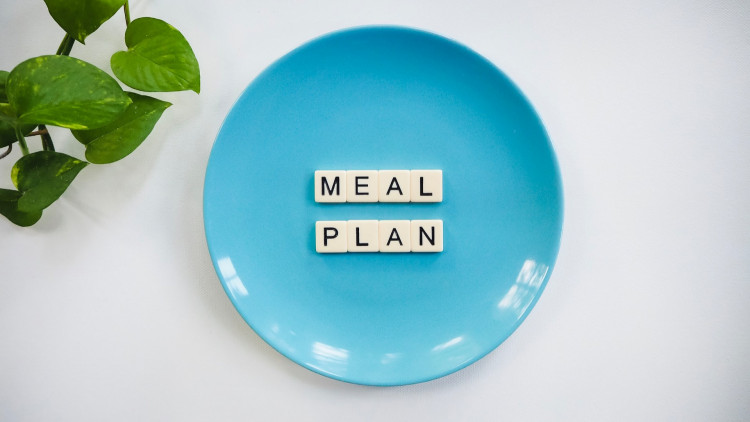Maintaining a slim midsection will help you live longer - it does more than make you look fantastic. An increased risk of heart disease, diabetes, and even cancer is attributed to wider waistlines. Losing weight, particularly belly fat, also improves the functioning of blood vessels and also improves the quality of sleep.
When you eat, it is difficult to aim at belly fat directly. Overall, however, losing weight will help shrink the waistline; most specifically, it can help decrease the harmful layer of visceral fat, a form of fat that you cannot see in the abdominal cavity, but raises health risks. Here's how:
Think of eating plans, not dieting
Ultimately, you have to choose a healthy eating plan that you will adhere to. The value of a low-carb strategy is that it actually means learning healthier food choices; there is no need for calorie counting. In addition, a low-carb way of eating moves the intake away from foods that are rich in sugars and sugar and without a lot of fiber, such as pizza, bagels, and sodas, and to high-fiber or high-protein options, such as fruits, beans, and healthier meats.
Aim to curb sugars instead of fats
As Johns Hopkins researchers compared the impact of a low-carbohydrate diet on the heart of losing weight to a low-fat diet for six months, each having the same number of calories, people on a low-carb diet lost an average of 10 pounds more than those on a low-fat diet.
An additional advantage of the low-carb diet is that it has created a better weight loss quality. Fat is decreased with weight loss, but there is also often a reduction of lean tissue (muscle), which is not attractive. There was a reduction of around 2 to 3 pounds of healthy lean tissue along with the fat on both diets, which means that on the low-carb diet, the fat loss rate was even higher.
Move!
Physical exercise tends to burn fat from the belly. One of the best advantages of exercising is that you get a lot of bang for your buck on body composition. In fact, exercise tends to work off belly fat because it decreases circulating insulin levels, which would otherwise signal the body to hold on to fat, and allows the liver to use fatty acids, especially those near visceral fat deposits.
The amount of weight loss workout you need depends on your objectives. This would mean 30 to 60 minutes of mild to intensive activity for most individuals virtually every day.
Hang out with like-minded people
Data suggests that if your friends and family are doing the same, you are more likely to eat healthier and workout more!






